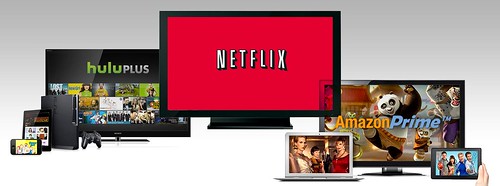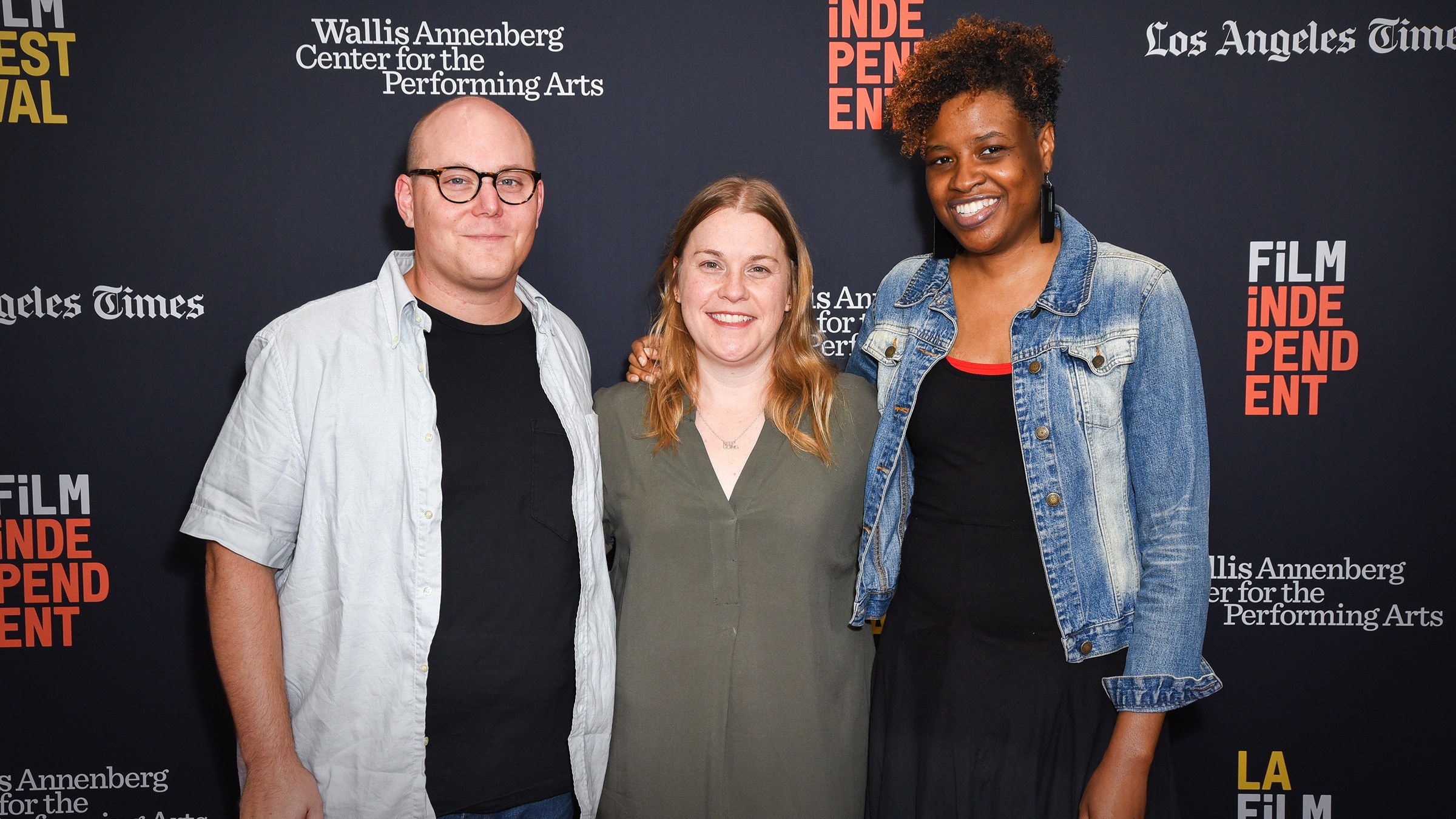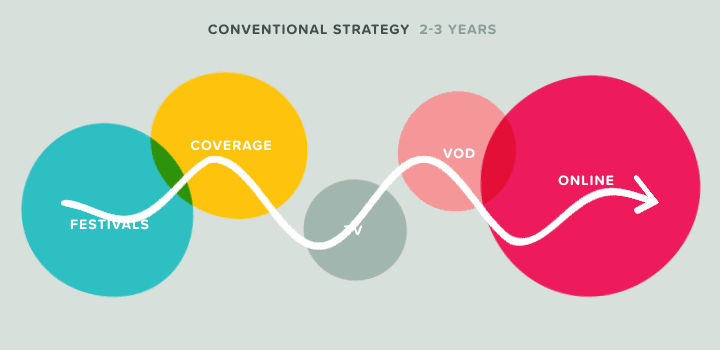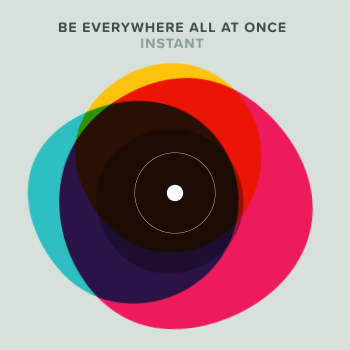Elliot Grove of Raindance proposes that you begin marketing your next film before it’s even written.

Elliot starts by narrowing down who you should market to and where to find them. Then he lists five marketing techniques:
Posters
Elliot relates how Roger Corman reverse engineered his films.
“Roger is a morning guy. He would meet me in my London office with the morning British papers. Over a cup of coffee, he would tear out keywords and mash them up on the table. When he saw a good movie title he would hand-write it down and I would fax it to his office in Los Angeles. This is how he came up with titles for some of his 750+ features. Titles like: Grand Theft Auto, Death Race 2000, Rock ‘N Roll High School, Slumber Party Massacre, and The Fast And The Furious. When he saw a title in his mash-up he would handwrite it down, and I would fax it to LA in the days of the flimsy paper fax machines. Roger would leave my humble Soho office and do what independent film geniuses do, and return about 6pm. LA would be awake and through my fax would come a very lo-res poster with nothing more than the image and the title. If Roger liked it, he would tear it off, stuff it in his pocket and in the evening mingle with the great and the good of the London film scene…. He’d tell me the next morning, if enough people liked his film he would hire a screenwriter to write the script suggested by his poster.”
One Sheets
According to Mr. Grove, “A one-sheet is deemed to be good when at first glance you know exactly what genre of film it is.” A striking image can be used to market the film before the cameras roll.
Trailers
Elliot offers, “A good trailer is 90-120 seconds long and gets the emotion of the movie across.” If you’ve shot a few scenes or even locations from the film, you can conceivably pull together a trailer before principal photography.
Crowdfunding
Think that crowdfunding is a way to raise money for your movie? Not so.
“The reason you initiate a crowd-funding campaign is to raise awareness of your project. Getting money is a secondary benefit.”
Supporters that get behind your project are “invested.” Find ways to leverage that support.
Genre
Elliot is outspoken on how to describe your film:
“There is no surer kiss of death than to describe your film as a drama. The term drama is too general. All stories are dramas…. The quickest way to narrow down your film from the thousands of others is to describe it by genre. Are you horror? Or action? Better yet, are you a genre hybrid? Action/Adventure? Romantic/Comedy and so on.”
Who should you market to?
Mr. Grove starts his article using the Socratic method:
Q: “You want to sell your film, right? Who do you target your publicity at? The people who buy films, right? And who buys films?”
A: Film Buyers, a.k.a. Acquisition Executives.
Q: “And where do acquisition executives go to look for new films?”
A: They go to film festivals and film markets.
Therefore, you want to get your film in front of the right film festival programmers, the right film sales agents and the right film acquisition executives.
Where should you market?
Elliot believes:
“Most films, whether festival films or not, end up at a film market like the American Film Market (AFM), the European Film Market (EFM) or Cannes (Marché du Film). With hundreds and thousands of films competing for acquisition executives and festival programmers, marketing should really start here.”
My take: with today’s glut of movies, Elliot Grove’s advice is more valuable than ever. Personally, I start with the title, next the logo and then a table tent. Now my idea is tangible.







